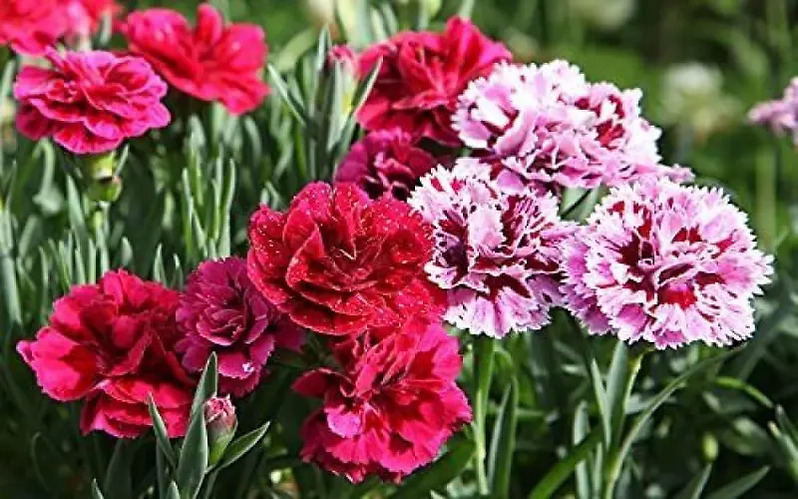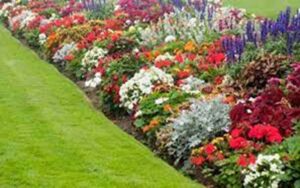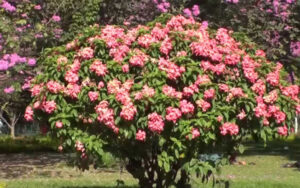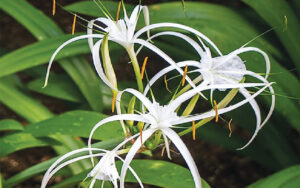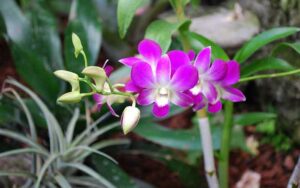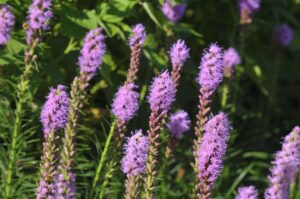Here’s how you can grow beautiful carnations at your garden
Nursery Today Desk
New Delhi: Carnation is an attractive beautiful flower popularly gifted in happy occasions. It is available in different shades of pink, white, coral and red. It is widely used in cut-flower trade. This flower has long shelf life and can survive over long distances.
Carnations, Dianthus caryophyllus, are a species of herbaceous perennials. Places with cool climate are most suitable for the plantation of these flowers.
Types of Carnation Flowers
Standard carnations, also known as large-flowered carnations have long stalks and spray carnations, whose its flowers are smaller in size are two main types of carnation flowers.
Climatic Conditions
Cooler climates are ideal for these flowers. Low humidity and lots of sunlight are ideal for its growth. While spray flowers may need slightly warmer temps, standard flowers need cooler conditions.
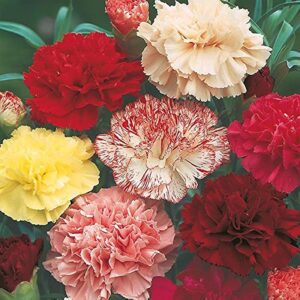
Sunlight
This crop needs a lot of sunlight. The crop grows faster on a clear and long day. However, too much afternoon sun may fade the colours of this flower. Try planting carnations where they’ll get morning sun.
Temperature
Low temperatures, clear, plentiful sunlight, and flowers of high quality are required. Winter lows at night are 10–12 °C and summer highs are 13–15 °C. Flowers of great quality can be purchased if the daytime temperature stays at 18 degrees Celsius.
Soil
Though, carnations can be planted in any well drained soil but red loamy soil with pH of 5.5 – 6.5 is best suitable of carnations. If your soil has a tendency to be acidic, planting carnations with a little lime will give them a head start. Manure and phosphorus should be combined, and nitrogen and potash should be applied twice when preparing the soil.
Watering
Carnations are drought but during dry summer, the plants may need extra water and also during spring when their flower buds are forming, you need to water the plant regularly. Do not overwater the plant.
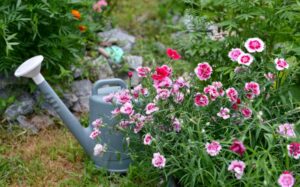
Fertilizers
A sufficient supply of fertilizers is necessary for healthy plant growth and great harvests. The quality of flowers and yields are greatly diminished by nutrient deficiency, so fertilizers should be applied in sufficient amounts.
Slow-releasing fertilizers should be added in the newly grown carnations. Avoid using quick-release fertilizers as it may burn the plant. Do not over fertilize the plant.
Plantation
If selecting seeds, choose it on its suitability to your growing zone. Locate your plant indoors in a sunny window. If the frost season has ended, you can plant carnations outdoor as well.
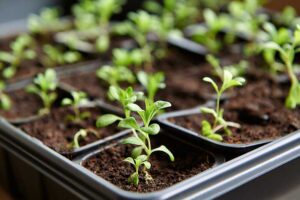
In the potting soil, sprinkle the seeds over the surface cover it lightly with soil. Keep them moist. Wait for the plant to grow 4-5 inches tall before transplanting them outside. Get a container 15 x 15 cm for maximum production of high quality flowers.
Provide Support
The carnation crop requires support. For this, nylon or iron wire is employed. The carnation crop’s stem may twist if proper support management isn’t done in accordance with the crop’s growth; otherwise, the plant’s growth may be inhibited.
Pinching
Early morning is the ideal time for pinching carnation flowers. First pinch is given, when the plant attains 5 nodes. ‘Single pinch’ is the term used to describe this. A total of six lateral shoots would result from this. A “one and half pinch” involves pinching a few of these lateral shoots once more. The “double pinch” involves the removal of all lateral branches.
Disbudding
While the terminal bud needs to be cut from spray carnations, the side buds should be removed from traditional carnations.











